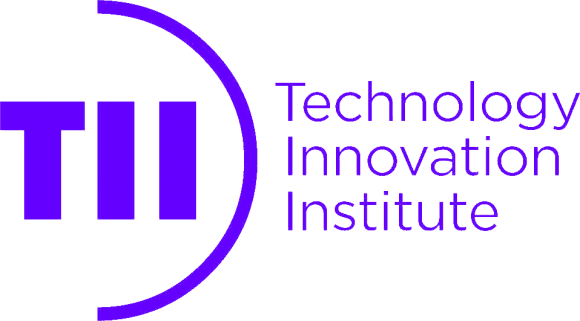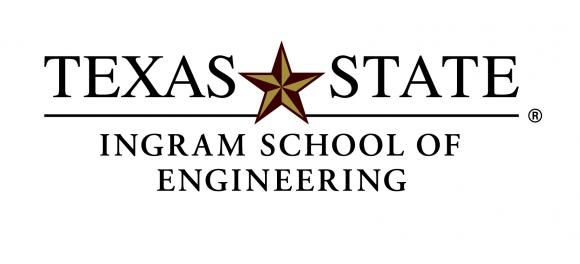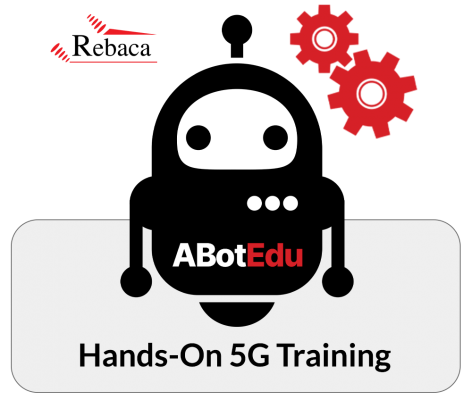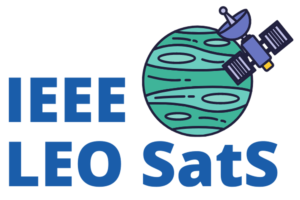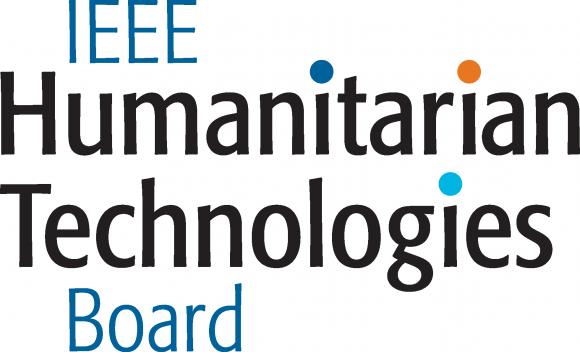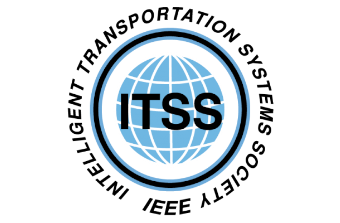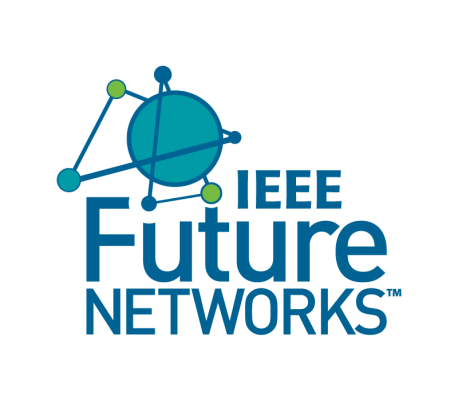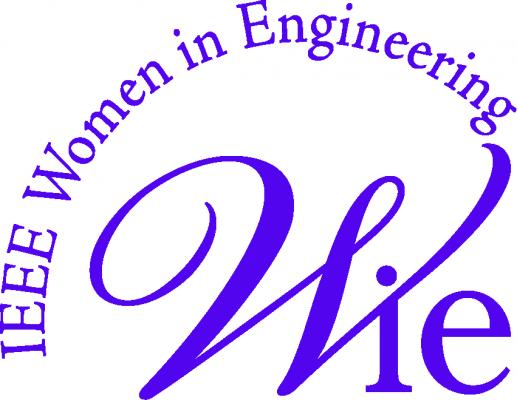IMPORTANT DATES
Workshop Paper Submission: 21 July 2023 8 September 2023 02 October 2023 (FINAL)
Workshop Paper Acceptance Notification: 1 September 2023 Rolling
Camera-Ready Submission: 10 October 2023
Workshop ORGANIZERS
- Abdellah Chehri, Royal Military College of Canada, RMC, Canada
- Periklis Chatzimisios, International Hellenic University, Greece and University of New Mexico, USA
- Kamesh Namuduri, University of North Texas (UNT), USA
- Muhammad Zeeshan Shakir, University of the West of Scotland, UK
- Eman Hammad, Department of Computer Science and Information Systems at Texas A&M University-Commerce, USA
SCOPE AND MOTIVATION
Advancements in technology, innovations, and engineering applications have benefited modern human societies. Technical breakthroughs have become indispensable for the growth and prosperity of the community. Yet, human societies' cultures, safety, values, and aspirations have also influenced how technology has been created, used, and impacted by those civilizations
Public Safety organizations play a vital role in society by guaranteeing national security and reacting to emergencies and catastrophic disasters. From the first telegraphic fire alarms through radios and dashcams, law enforcement, fire, emergency medical care, emergency response, and emergency management have always been early adopters of new technologies.
Nowadays, the Internet of Things (IoT), Wireless Sensor Networks, and smart devices combined with Artificial Intelligence can assist first responders and rescuers by making the operating environment safer and more efficient. On the other hand, autonomous vehicles might reduce collisions caused by human mistakes, reduce traffic congestion, prolong the driving years of the elderly population, and increase the mobility of the visually or physically challenged.
For example, in the near future, every traffic light and sign may be equipped with an intelligent camera (privacy is an issue here). Using an advanced algorithm and artificial intelligence, the camera will be able to determine the severity of automobile collisions and threats. A notification will be issued to a public safety answering point, and other emergency departments. In addition, drones will be deployed to collect information regarding this incident. If the disaster is located at a large distance, drones may communicate in ad hoc fashion. Based on drone-collected data, an alert will be sent to the nearest hospital. Using vehicle to vehicle communication or more modern communication protocols/networks (5G+, 6G), the neighborhood automobiles will be warned of the collision. This is a fictitious, but plausible, application of emerging technologies in public safety.
While technology can make systems and processes more reliable and efficient, it also introduces vulnerabilities in terms of disruption and manipulation. Surveillance technologies, for example, make cities safer by preventing accidents and making people feel safer, but they can also be used to control social behavior.
This Workshop will bring together researchers from academia, industry, governmental departments, and agencies representing various backgrounds to suggest a novel idea and possible research directions regarding public safety applications.
Submissions in the areas of IoT, Unmanned Aerial Vehicles (UAVs), big data analytics, drones for natural disasters scenario, privacy issues, autonomous vehicle and road safety, and the operation of 5G-enabled safety applications are expected. Some applications can benefit from further analysis and intelligence gained from collected data, whereas intelligence refers to the application of machine learning techniques.
TOPICS OF INTEREST
Paper submissions are expected in theories and applications of new emerging technologies to enhance public safety and security. Furthermore, the theoretical framework, challenges, and applications bestowing a guide for 6G-enabled Industrial Internet of Everything Initiatives divulging opportunities for future research activities are welcomed.
Topics of interest for this workshop include, but are not limited to:
- Application of Artificial Intelligence (AI) and Machine Learning in Public Safety.
- AI for Natural Disasters Prediction (Wildfires, Hurricanes, and Earthquakes are a Few Examples of Disasters).
- Real-Time Surveillance of Events and Mass Gatherings Using Drones.
- IoT and Wireless Sensor Networks for Fire Monitoring.
- Target Scenarios for Mission-Critical IoT.
- Real-Time Multi-Object Detection and Tracking Based on Deep Learning in Traffic Scenes.
- IoT for First Responders and Rescuers.
- Testbed for Public Safety Initiatives and Rescue Missions
- Public Safety and Privacy Issues.
- Collision Avoidance System for Safety Vehicular Transportation System.
- Safety Standards for Autonomous Vehicles and Applications.
- Drones for Public Safety Missions.
- Internet‐Based Applications and the Tactical Internet.
- Application of Drones for Law Enforcement.
- Distributed Architectures for Efficient Management of Tactical Internet.
- Advances in Artificial Intelligence and Machine Learning for Public Safety Data Analytics.
- Standardization in Public Safety.
- Digital-Twin Enabled Testbed for Public Safety.
- 5G, 5G+, and 6G Mobile Networks for Tactical and Emergency Environments.
- Application of Sub-6GHz Networks for Critical Missions and Public Safety Applications.
- 6G Enabled Industrial Internet of Everything.
- Cloud Computing Solutions for Public Safety Initiatives.
- AI-based Applications, 6G and the Future of Emergency Response.
Workshop Paper Submission
All papers should be submitted via EDAS, Workshop on Current Trends and Emerging Technologies in Public Safety and Security track. Full instructions on how to submit papers are provided on the IEEE FNWF 2023 website: https://fnwf2023.ieee.org/
TPC Members
Marcelo Keese Albertini, Federal University of Uberlandia, Brazil
Marco Anisetti, University of Milan, Italy
Ernesto Damiani, Khalifa University, UAE
Miguel González-López Universidade da Coruna, Spain
Felix Freitag, Universitat Politècnica de Catalunya, Spain
Gwanggil Jeon, Incheon National University, Korea
Tadashi Matsumo, Japan Advance Institute of Science and Technology
Muhammad Zeeshan Shakir, University of Western Ontario, Canada
Wahabou Abdou, University of Burgundy, France
Cem Kaptan, University of Ottawa, Canada
Francisco Piccialli, University of Naples, Italy
Liu Jinxin, University of Ottawa, Canada
Saleh Bouarafa. LRIT, Morocco
Xiaomin Yang, Sichuan University, China
Ali Abedi, University of Maine, USA
Jun Cai, Concordia University, Canada
Pr. Imran Ahmed, Institute of Management Sciences, Pakistan
Agustin Caminero, Universidad Nacional de Educación a Distancia, Spain
Andrey Brito, Federal University of Campina Grande, Brazil
Antonio Brogi, Università di Pisa, Italy
Ashiq Anjum, University of Leicester, UK
Claudio Geyer, Federal University of Rio Grande do Sul, Brazil
Fabio Costa, Federal University of Goias, Brazil
Paula Fraga-Lamas,Universidade da Coruna, Spain
Manuel Suárez-Albela, Universidade da Coruna, Spain
Gabriel G. Castañé, University College of Cork, Ireland
Gleb Radchenko, South Ural State University, Russia
Hélio Guardia, Federal University of Sao Carlos, Brazil
Ivan Rodero, The University of Utah, USA
Jose Angel Bañares, University of Zaragoza, Spain
Josef Spillner, Zurich University of Applied Sciences, Switzerland
Marco Netto, IBM Research, Brazil
Michael Bauer, University of Western Ontario, Canada
Omer Rana, Cardiff University, UK
Roberto Rodrigues Filho, University of Campinas, Brazil
Sean Wilkinson, Oak Ridge National Laboratory, USA
Short Bio of Organizers
 Abdellah Chehri is an Associate Professor at the Department of Mathematics and Computer Science at the Royal Military College of Canada (RMC), Kingston, Ontario. Dr. Chehri is a co-author of more than 200 peer-reviewed publications in established journals and conference proceedings sponsored by established publishers such as IEEE, ACM, Elsevier, and Springer. Dr. Chehri has served on roughly thirty conference and workshop program committees. In addition, he served as guest/associate editor for several well-reputed journals. Additionally, he is a Senior Member of IEEE, a member of the IEEE ComSoc, IEEE VTS, and IEEE Photonics Society.
Abdellah Chehri is an Associate Professor at the Department of Mathematics and Computer Science at the Royal Military College of Canada (RMC), Kingston, Ontario. Dr. Chehri is a co-author of more than 200 peer-reviewed publications in established journals and conference proceedings sponsored by established publishers such as IEEE, ACM, Elsevier, and Springer. Dr. Chehri has served on roughly thirty conference and workshop program committees. In addition, he served as guest/associate editor for several well-reputed journals. Additionally, he is a Senior Member of IEEE, a member of the IEEE ComSoc, IEEE VTS, and IEEE Photonics Society.
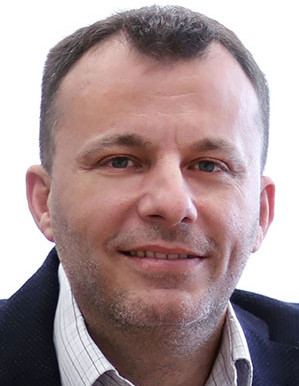 Periklis Chatzimisios received the B.Sc. from Alexander TEI of Thessaloniki (ATEITHE), Greece, in 2000, and the Ph.D. from Bournemouth University, U.K., in 2005. He serves as an Associate Professor at the Computing Systems, Security and Networks (CSSN) Research Lab of the Department of Informatics at ATEITHE. He is the author/editor of eight books and more than 100 peer-reviewed papers and book chapters on the topics of performance evaluation and standardization activities of mobile/wireless communications, quality of service/quality of experience, and vehicular networking.
Periklis Chatzimisios received the B.Sc. from Alexander TEI of Thessaloniki (ATEITHE), Greece, in 2000, and the Ph.D. from Bournemouth University, U.K., in 2005. He serves as an Associate Professor at the Computing Systems, Security and Networks (CSSN) Research Lab of the Department of Informatics at ATEITHE. He is the author/editor of eight books and more than 100 peer-reviewed papers and book chapters on the topics of performance evaluation and standardization activities of mobile/wireless communications, quality of service/quality of experience, and vehicular networking.
 Kamesh Namuduri is a Professor of Electrical Engineering and the director of Autonomous Systems Laboratory at the University of North Texas (UNT). He is serving as the Chair for the IEEE Vehicular Technology Society’s Ad Hoc Committee on Drones. He is a co-editor for the book titled “UAV Networks and Communications” published by the Cambridge University Press in 2017. He contributed to the development of research agenda, requirements and blueprints highly deployable communications systems led by the National Institute of Standards and Technology and National Public Safety Telecommunications Council.
Kamesh Namuduri is a Professor of Electrical Engineering and the director of Autonomous Systems Laboratory at the University of North Texas (UNT). He is serving as the Chair for the IEEE Vehicular Technology Society’s Ad Hoc Committee on Drones. He is a co-editor for the book titled “UAV Networks and Communications” published by the Cambridge University Press in 2017. He contributed to the development of research agenda, requirements and blueprints highly deployable communications systems led by the National Institute of Standards and Technology and National Public Safety Telecommunications Council.
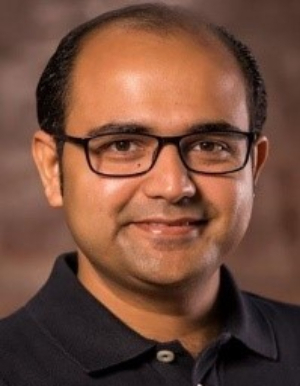 Muhammad Zeeshan Shakir is Professor of Wireless Communications at University of the West of Scotland Muhammad Zeeshan Shakir is Full Professor of Wireless Communications at Artificial Intelligence, Visual Communications and Network (AVCN) research centre, University of the West of Scotland (UWS), UK. Previously, he has worked as PI/Co-PI on several commercial and non-commercial high impact research projects funded by Natural Sciences and Engineering Research Council (NSERC) of Canada and Global Research Fund of KAUST.
Muhammad Zeeshan Shakir is Professor of Wireless Communications at University of the West of Scotland Muhammad Zeeshan Shakir is Full Professor of Wireless Communications at Artificial Intelligence, Visual Communications and Network (AVCN) research centre, University of the West of Scotland (UWS), UK. Previously, he has worked as PI/Co-PI on several commercial and non-commercial high impact research projects funded by Natural Sciences and Engineering Research Council (NSERC) of Canada and Global Research Fund of KAUST.
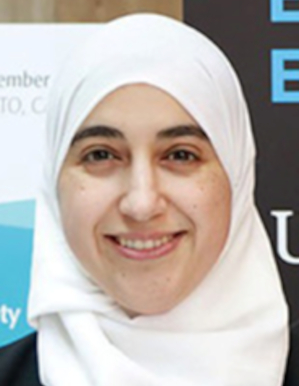 Eman Hammad is an assistant professor at Texas A&M University-Commerce. She worked with the cybersecurity, privacy and financial crime division to support clients in fields including utilities, oil and gas, telecommunications, manufacturing, retail and transportation. She was a visiting researcher at the University of Toronto. Her work utilizes theoretical and applied research tools at the intersection of system dynamics, communication networks, control theory, machine learning and cognitive science.
Eman Hammad is an assistant professor at Texas A&M University-Commerce. She worked with the cybersecurity, privacy and financial crime division to support clients in fields including utilities, oil and gas, telecommunications, manufacturing, retail and transportation. She was a visiting researcher at the University of Toronto. Her work utilizes theoretical and applied research tools at the intersection of system dynamics, communication networks, control theory, machine learning and cognitive science.



